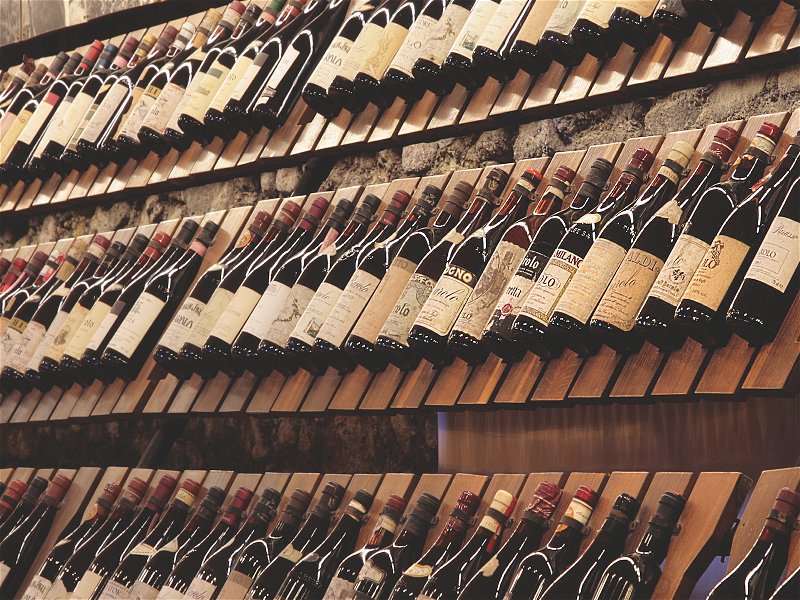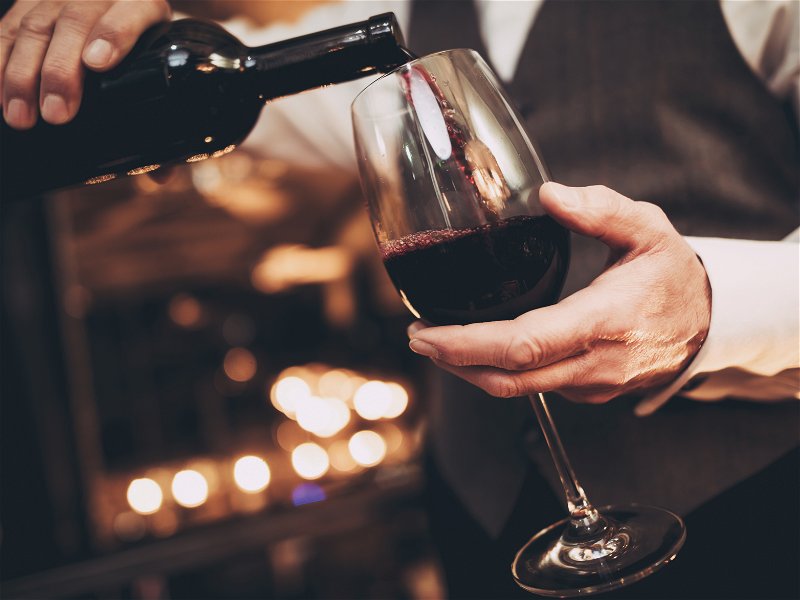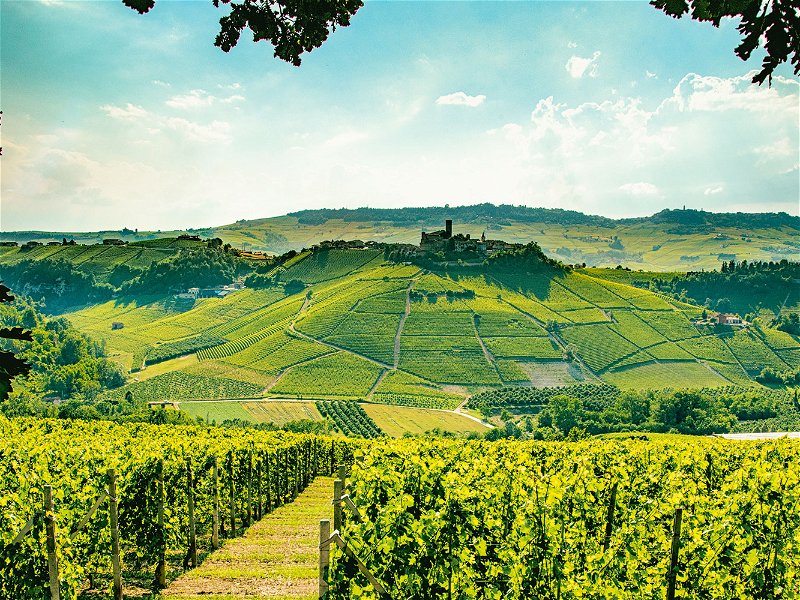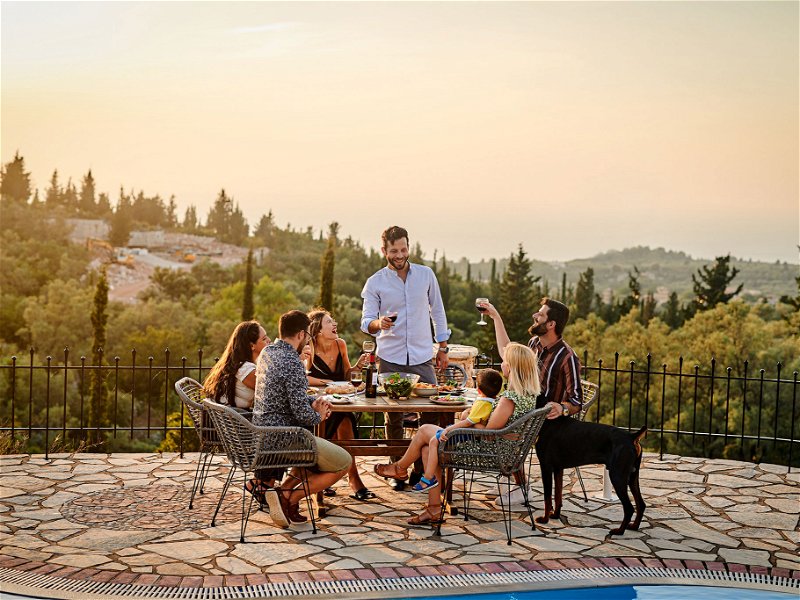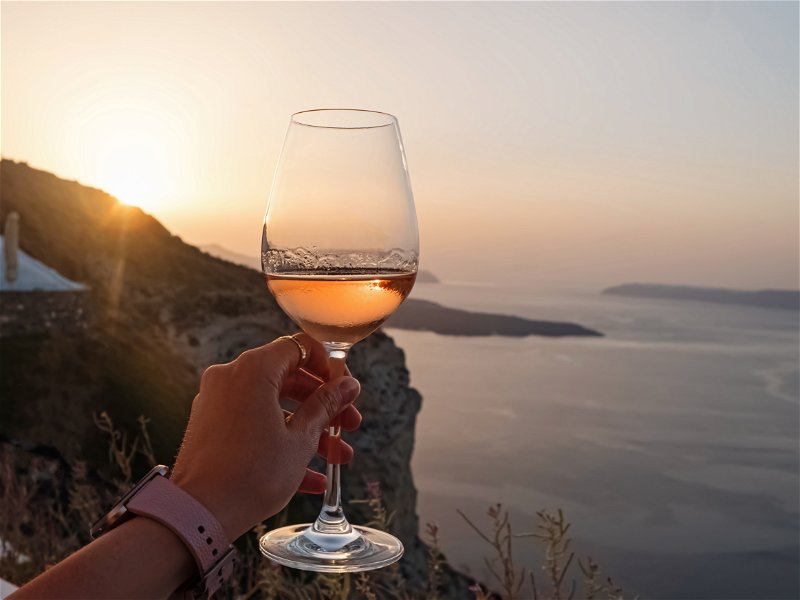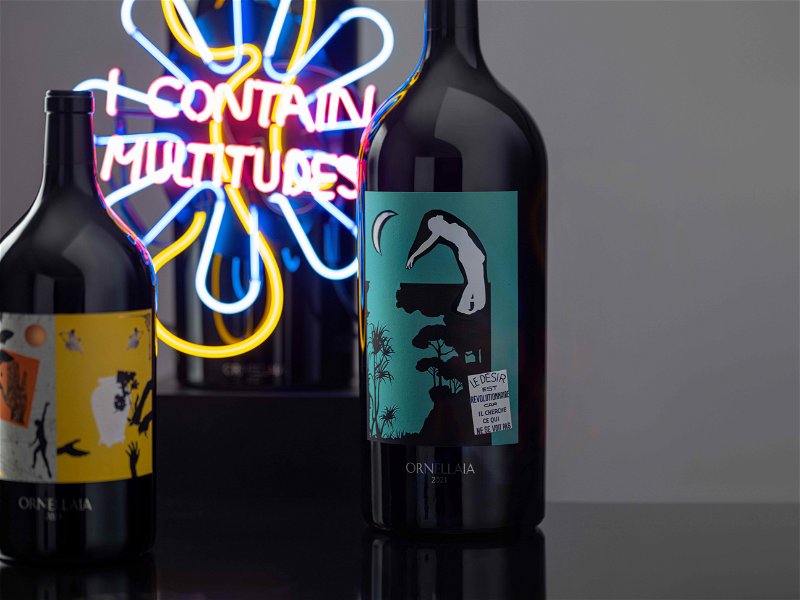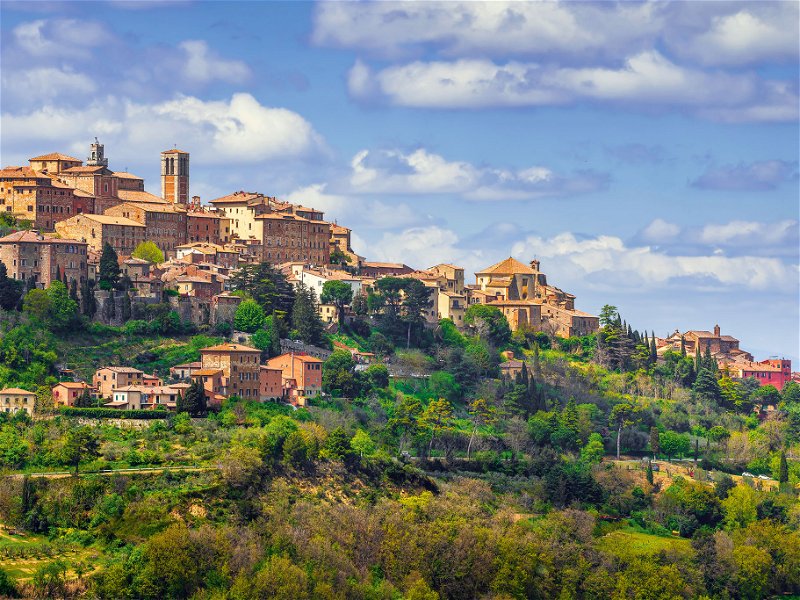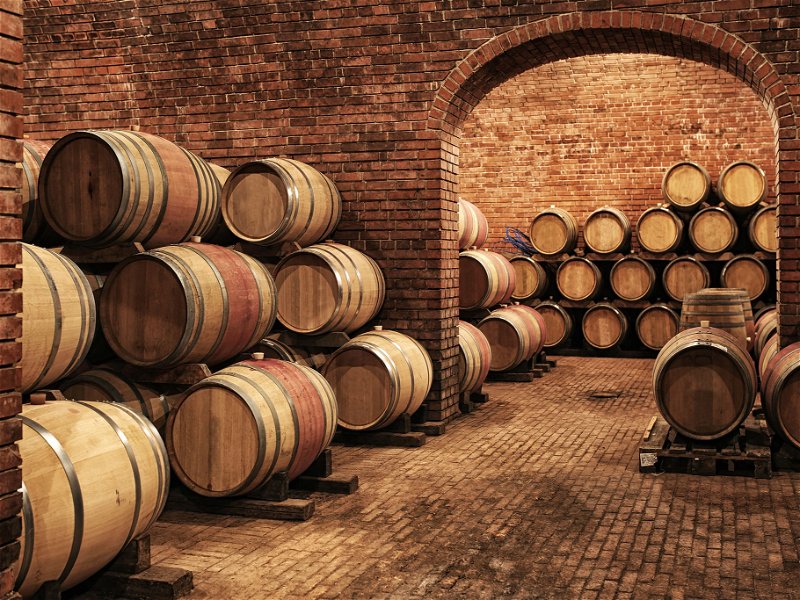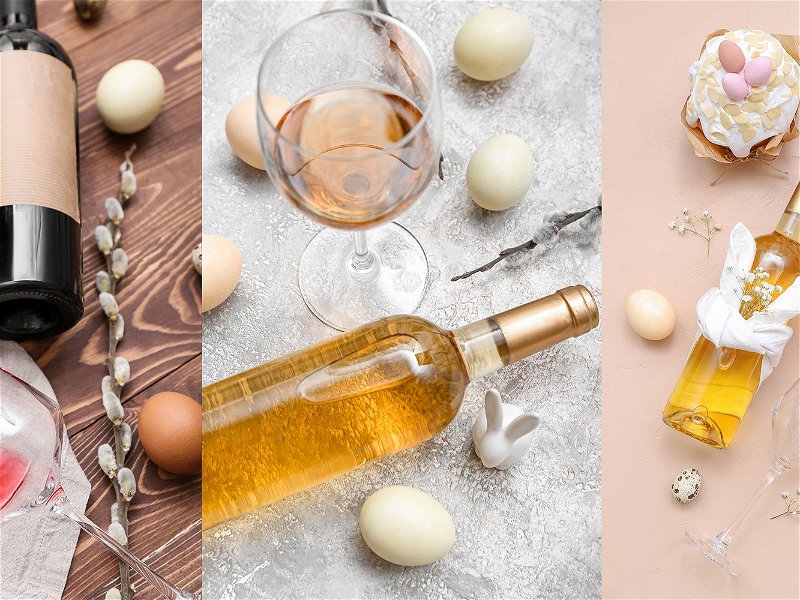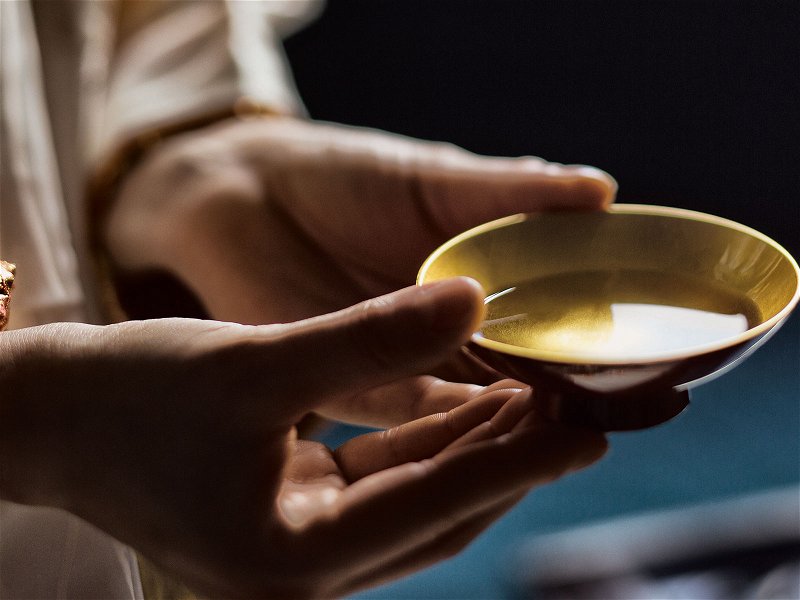Are Luxury Wines Too Good for Drinking?
Wines costing over €1,000 have long since ceased to be a rarity, usually they are strictly limited and highly coveted by a steadily growing number of aficionados.
We live in a time when wines are basically better than ever, but at the top of the pyramid they are also more expensive than ever. Of course, these high-quality, exorbitantly expensive wines are fascinating growths. Meticulously grown and vinified, often from old vines. In many cases, they are endowed with an almost mystical history such as the great Bordeaux growths and the Grand Crus of Burgundy – Rhône too has magic. But even relatively young wineries today demand prices for their wines that normal citizens can not readily afford.
Let's take the example of Screaming Eagle: the first red wine from this winery was bottled in 1992. A bottle of the 2014 vintage might set you back around €3,000 – that's enough to make you change your mind. What is the reason for this price development? Scarcity? Of course, limitation creates demand – Pétrus is the best example of this. But of Bordeaux wines with a production of 100,000 bottles and more, one cannot coherently speak of limitation.
What about their ability to age? Both wines from Bordeaux and those from Burgundy have amply demonstrated this. The media – above all Robert Parker? Certainly, high scores from Parker fueled demand and prices. And in the meantime, other media and wine critics have joined in the game. For all the reasons mentioned, these sought-after wines are often speculative objects, or perhaps they are pension security. A stroke of luck is when someone is in urgent need of money and releases their entire cellar to the market. Then you can bag a bargain – but that is the exception, not the rule.
When does the bubble burst?
I know many people who have gems in their cellars but never open the bottles. Much too expensive to drink, they think. They will sell the wines in their old age – of course with the premise of making big money, or they were inherited. One can only hope that this bubble never bursts, because then it would really rumble the wine trade. And it should not be forgotten that these expensive wines are also often counterfeited, as is the case with any luxury product. I myself once witnessed such a discovery; a Lafite Rothschild 1945 which tasted rather like tea...
Another aspect to the high prices of some wines is the fact that there are many so-called 'label drinkers'. Especially following the opening of the Iron Curtain. Many of these bottles also wonder from one cellar to another; they are never drunk, they just become more and more expensive on their journey. Some wines in this price category can be found on wine lists in top restaurants, but again, they are rarely sold. Partly because of the price, but also because many sommeliers will never get to taste these wines, so they don't really know what these wines actually taste like, unless they have a well-heeled patron.
How much is a wine worth?
But the basic question is this: Is a wine really worth hundreds, often thousands of euros? My answer: not really. Of course, it is always the market that makes these prices. Who can "taste" €1,000? Furthermore, a sommelier is not measured by how many expensive wines he sells, but by the satisfaction of his guests. Selling a wine that tastes like much more than it costs is the high school of hospitality. Just imagine if you purchased such a high-priced wine and it was corked – not improbable or impossible. Disaster!
Actually, the rare, super-expensive wines provide an opportunity for the competitors to produce a wine that is (almost) as good and costs much less; a win-win for everyone involved and fun for the wine lover. A positive aspect of this price structure is that a winery that is able to achieve high prices for its wines shoulders an entire region. It raises its image and its colleagues can in turn raise their prices. There's no doubt, the world would be a lot poorer without these wines. Every nation is proud to have such wines, especially the French. And even if only very few connoisseurs can afford such wines, people still talk about them.
Finally, to put the situation in perspective: I love the wines of Pétrus, Haut Brion, Lafite, Mouton, Latour, Masseto, Gaja, Grange, Screaming Eagle, Romanée-Conti, Vega Sicilia, Guigal & Co. But unfortunately they have slipped away from me in terms of price. That was much better in pre-Parker times. We used to share a bottle of Pétrus in a small circle and taste it. Nowadays, that's no longer possible. But I am extremely privileged and have friends who still pour me these wines now and then...
Adi Schmid is the grand seigneur of the Austrian sommelier scene. For more than 40 years he looked after the cellar and guests of Vienna's two Michelin-star restaurant Steirereck. Today he shares his knowledge of über-fine wines as an author.

